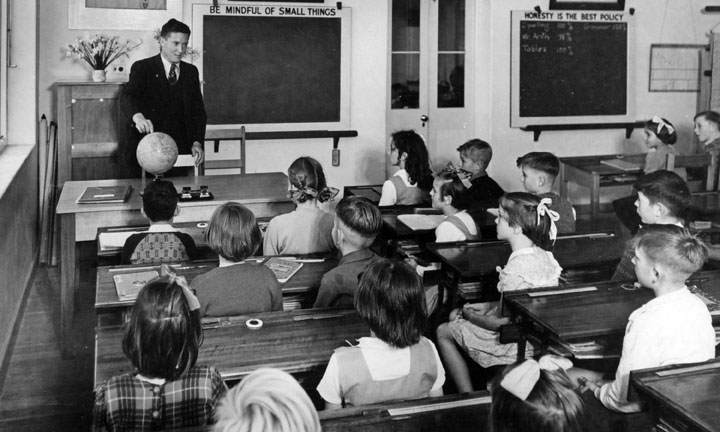Understanding History Teaching: Teaching and Learning about the Past in Secondary Schools by Chris Husbands, Alison Kitson and Anna Pendry
25 January 2016 - 1:46pm
Angelica Radjenovic
January 25, 2016
THEN/HiER Blog
 Do you ever wonder: Why do we teach and learn about the past? How is history taught in the classroom? How can teachers influence the way in which students learn about the past? These are just some questions that I feel Understanding History Teaching: Teaching and Learning about the Past in Secondary Schools by Chris Husbands, Alison Kitson and Anna Pendry successfully answer in regards to British History.
Do you ever wonder: Why do we teach and learn about the past? How is history taught in the classroom? How can teachers influence the way in which students learn about the past? These are just some questions that I feel Understanding History Teaching: Teaching and Learning about the Past in Secondary Schools by Chris Husbands, Alison Kitson and Anna Pendry successfully answer in regards to British History.
This book, which was first published in 2003, demonstrates the way in which history is taught in secondary schools. The central arguments of this book focus on how teachers develop curricula and shape learning based on the complex interrelationship between their “assumptions about the discipline, their response to pupil needs and their short- and long- term aims” (6). Husbands, Kitson, & Pendry (2003) examine the broad purposes of reforming the history curriculum, which is the foundation for understanding teacher pedagogies. They also address different understandings of the interrelationship between classroom practices and the purpose of teaching history (p. 6).
As I continue to work on my doctoral research, I have found the theoretical framework of this book rather intriguing. The book is centered on two opposing accounts of history education; including the Great Tradition described by Sylvester in 1994 and the Alternative Method that was developed in the 1960s-1970s. The Great Tradition takes on a transmissive approach to teaching that focuses on national identity, cultural heritage and democracy. Students were passive, unquestioning learners who would assimilate and listen to the teachers’ active interpretation of history. This tradition was a central component of the 1991 national curriculum that was introduced in English schools. Conversely, the Schools’ Council established projects that challenged the existing curriculum specifically in England and Wales. Arguably, the Alternative Method involved less passive learners in the classroom, engaged in more critiques of the history curriculum, embraced a more multicultural and plural vision of society, and lastly, to teach learners to think historically rather than just knowing about the past.
I appreciate how the authors used Slater’s (1989) research study as evidence to draw on the importance of ‘extrinsic’ and ‘intrinsic’ purposes of school history. For example, the extrinsic purpose of history would be to develop tolerance and an understanding of shared culture while, the intrinsic purpose of history would be the teaching of concepts and assumptions within the discipline.
The authors found that teachers did not just ‘tell’ history; rather, they demonstrated a need to engage, stimulate and challenge the pupils understanding of the historical narrative. The classroom environments in this study were drastically different than Booth’s 1969 classroom portrayal, in which the main teaching strategy was the “spoken word…[and] that the children must be told” (p. 65). This research uncovers how to generate knowledge of teachers by focusing on their subject knowledge, their pupils and resources and activities.
I agree with the authors that teachers must be motivated to work through their “existing knowledge and practices to find ways of integrating not just the strategies but all that lay behind them, into their existing understandings of classrooms” (2003, p. 93). Creating an opportunity for teachers to reflect on their teaching practice underpins the process of redefining one’s own teaching pedagogy in an age of uncertainty.
Works Cited:
Husbands, Chris, Alison Kitson and Anna Pendry. “Understanding History Teaching. Teaching and learning about the past in secondary schools.” Philadelphia: Open University Press, 2003.
Photo:
Queensland State Archives, Kelvin Grove State School, Teacher and Class: April 1951
By Agriculture And Stock Department, Publicity Branch [Public domain], via Wikimedia Commons

